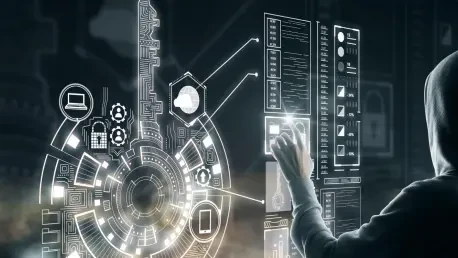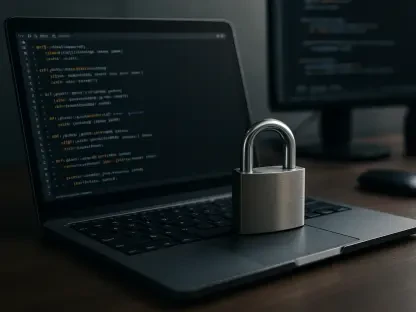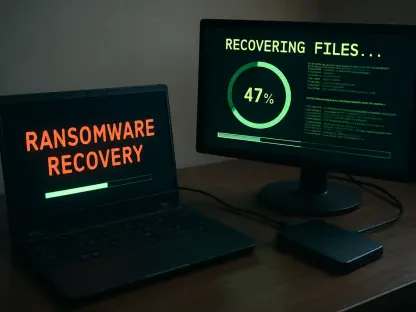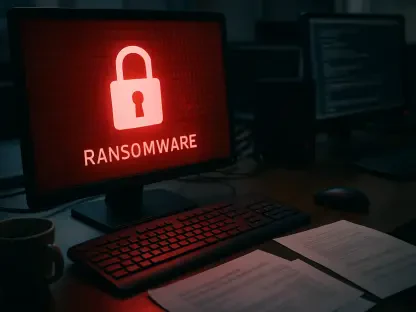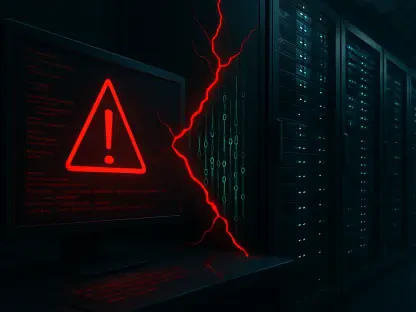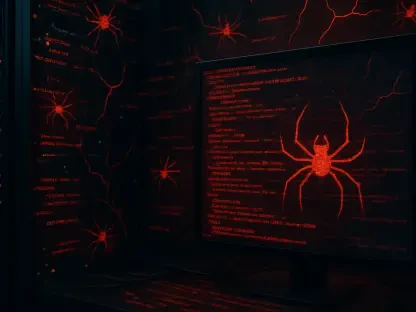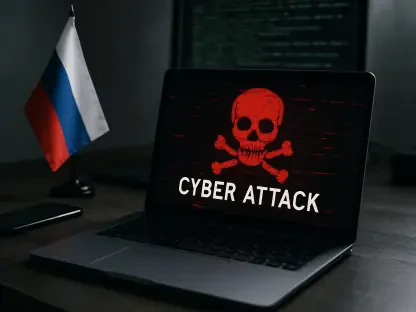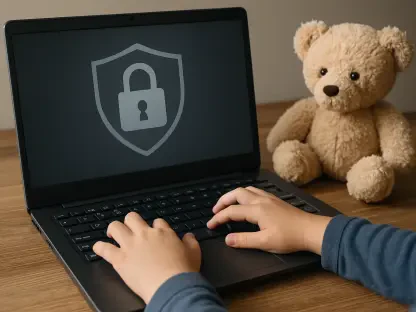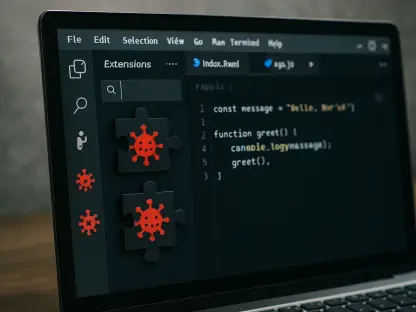In today’s digital age, the security of operational technology (OT) environments is more crucial than ever. Rupert Marais, our in-house Security specialist, brings a wealth of expertise in cybersecurity strategies, endpoint and device security, and network management. With increasing attention on the NIST Cybersecurity Framework, he provides insights into its pivotal role in enhancing OT security.
Can you explain what the NIST Cybersecurity Framework is and why it’s important for OT security?
The NIST Cybersecurity Framework provides a structured guideline to improve cybersecurity practices specifically in industrial settings. Its importance in OT security cannot be understated as it helps organizations manage and minimize cybersecurity risks. By understanding the unique vulnerabilities present in OT environments, such as legacy machinery and advanced sensors, the framework supports organizations in creating a comprehensive security strategy tailored to their specific needs.
The NIST Framework consists of six functions. Could you briefly describe each one?
Certainly. The framework is built around six key functions: Identify, Protect, Detect, Respond, Recover, and Govern. “Identify” involves recognizing and managing assets, risks, and vulnerabilities. “Protect” focuses on deploying safeguards to ensure critical infrastructure services remain functional. “Detect” aims at identifying the occurrence of cybersecurity events in real-time. “Respond” involves taking action regarding detected incidents, and “Recover” deals with restoring impaired services and system functionality. Finally, “Govern” ensures there is a robust strategy in place for ongoing risk management and policy enforcement.
Why is the “Identify” function crucial for OT environments, and how can an organization effectively implement it?
The “Identify” function is foundational because you can’t protect what you aren’t aware of. OT environments can be complex, with both outdated and new tech, making it vital to have a full understanding of all assets and potential vulnerabilities. Organizations can effectively implement this by conducting regular audits and maintaining a detailed inventory of assets, which helps pinpoint why certain systems might be more susceptible to threats and ensures everyone is on the same page about the risk landscape.
When discussing the “Protect” function, what are some practical measures an organization can take to fortify its OT environment?
To fortify an OT environment, practical measures can include implementing multifactor authentication to add an extra layer of security and using strict access controls so only authorized personnel can interact with critical systems. Network segmentation is also essential to minimize damage from breaches by isolating certain parts of the network. These steps are generally more cost-effective and less disruptive than dealing with the aftermath of a cyber event.
How does “Detect” contribute to a robust security posture, and what tools might organizations leverage for continuous monitoring?
“Detect” is crucial as it allows organizations to identify potential security threats swiftly before they escalate. Continuous monitoring tools, such as intrusion detection systems or behavioral analytics software, can provide real-time alerts about unusual activities. These tools enable security teams to respond quickly, potentially preventing a minor issue from becoming a major breach.
What are the key components of a well-designed incident response plan under the “Respond” function?
A well-designed incident response plan should clearly outline roles and responsibilities, ensuring that everyone knows who makes critical decisions and how teams coordinate their efforts. Effective communication channels with stakeholders like employees, partners, and customers are vital to minimize confusion. This plan should be rehearsed regularly to ensure that when an actual incident occurs, the response is prompt and efficient, reducing the risk of long-term damage.
In terms of the “Recover” function, what steps should an organization take following a cyber incident to ensure a strong recovery?
Following a cyber incident, recovery involves more than just getting systems back online. It requires a deep analysis of the incident to understand how it happened and where the vulnerabilities are. Organizations should use this information to fix security gaps and adapt their procedures to prevent similar incidents. Building a comprehensive recovery strategy can also help in restoring trust with stakeholders and reinforcing the organization’s overall security posture.
How does strong governance act as a cornerstone of OT security, and what roles should be established to enforce it?
Strong governance is fundamental because it provides clarity and accountability within an organization. By assigning specific roles, such as a Chief Information Security Officer or establishing a dedicated cybersecurity team, organizations ensure that policies are not just created but actively implemented and monitored. This oversight helps integrate cybersecurity objectives with broader strategic goals, making sure that risks are managed effectively.
Can you elaborate on how implementing the NIST Framework helps shift an organization from a reactive to a proactive security posture?
The NIST Framework encourages organizations to anticipate potential security threats instead of merely reacting to breaches after they occur. By consistently applying its functions and adapting them as threats evolve, organizations build a proactive security posture. This approach helps identify vulnerabilities ahead of time and implement protective measures, ultimately reducing the likelihood of incidents and the need for reactive crisis management.
What long-term advantages does the NIST Framework offer to organizations, particularly in terms of resilience and threat management?
Implementing the NIST Framework sets organizations up for long-term resilience by cultivating a security-focused culture and providing a systematic approach to threat management. By continuously evolving with industry threats and aligning security measures with operational goals, organizations can maintain operational continuity, protect their reputation, and serve their customers effectively. This level of preparedness ensures that cyber threats become manageable rather than catastrophic.
How can partnering with cybersecurity companies benefit organizations looking to defend their OT environments, and what should they look for in a partner?
Partnering with cybersecurity experts offers significant advantages, as these companies bring specialized knowledge in managing both IT and OT concerns. Organizations should look for partners with a proven track record in OT security who can tailor security strategies to fit their unique operational needs. The right partner will provide insights and solutions that enhance security without compromising productivity, bridging existing security gaps with innovative, flexible approaches.
Why is it important for organizations to align their security strategies with the NIST Framework, and how does this alignment protect against evolving threats?
Aligning with the NIST Framework ensures that organizations are not only addressing current threats but are also poised to adapt to new challenges. This alignment helps maintain consistency and comprehensiveness in security strategies, making it easier to update procedures and technologies. As threats evolve, having a structured framework provides a robust foundation for proactive updates and continuous improvement in defense capabilities.
In your opinion, what is the biggest challenge organizations face when integrating IT and OT concerns, and how can they overcome it?
The biggest challenge is often the cultural and technological divide between IT and OT teams. IT focuses on data integrity and confidentiality, while OT prioritizes operational continuity and safety. Bridging this gap requires fostering communication and collaboration across these teams. Implementing integrated management platforms and holding joint planning sessions can help align their goals and efforts, ensuring a unified approach to organizational security.
How can organizations ensure they maintain production uptime while implementing robust cybersecurity measures?
Maintaining production uptime while strengthening cybersecurity can be achieved by carefully planning and implementing phased changes. Leveraging real-time monitoring tools ensures that security measures do not disrupt operations but rather enhance them. Additionally, regular testing and updating of security protocols will help organizations identify and eliminate potential bottlenecks, optimizing both security and operational efficiency.
What role does leadership play in achieving cybersecurity resilience, and how can leaders gain buy-in for these efforts?
Leadership is pivotal in setting the tone for an organization’s cybersecurity culture. By prioritizing transparency and communication, leaders can effectively convey the importance of cybersecurity and its direct impact on business continuity. Gaining buy-in involves demonstrating tangible benefits, providing training, and fostering an inclusive environment where every stakeholder feels responsible for security outcomes. Clear commitment from leadership encourages a company-wide commitment to achieving cybersecurity resilience.
What would you recommend to organizations that have relied on patchwork fixes in the past but now seek a more comprehensive approach to cybersecurity?
Organizations should start by conducting a thorough assessment of their current cybersecurity posture, identifying weaknesses, and understanding their specific risks. Moving towards a comprehensive approach involves adopting structured frameworks, like NIST, to create cohesive strategies that address security holistically rather than in isolated chunks. Seeking partnerships with cybersecurity experts can guide them in this transition, ensuring solutions are both effective and aligned with business objectives.
